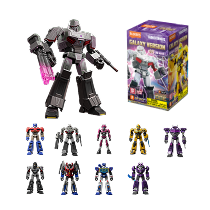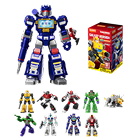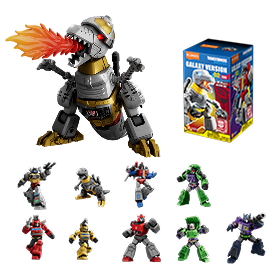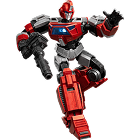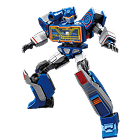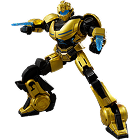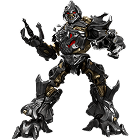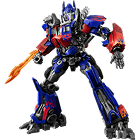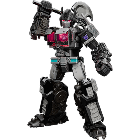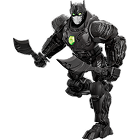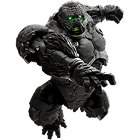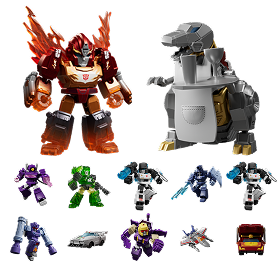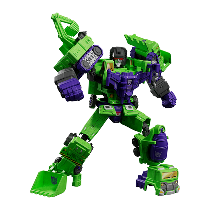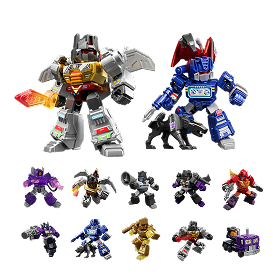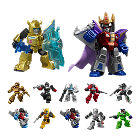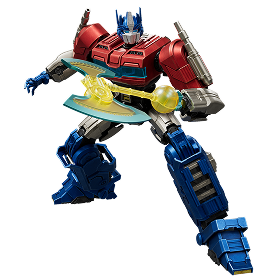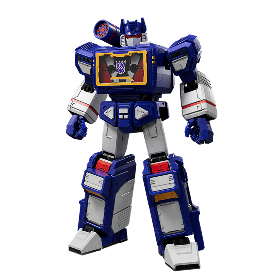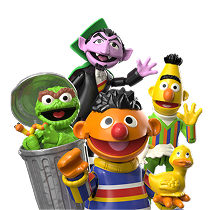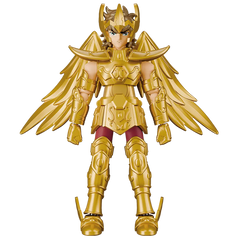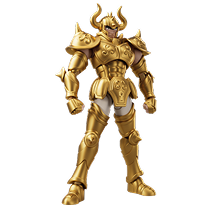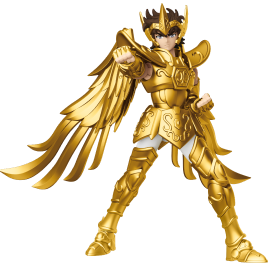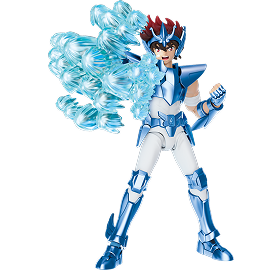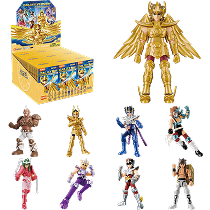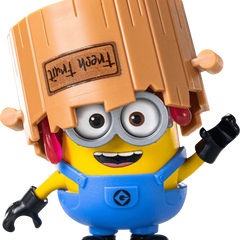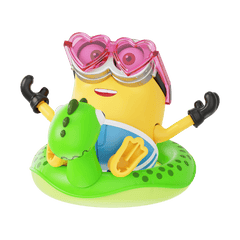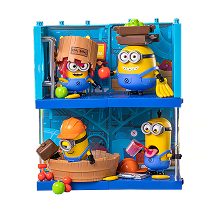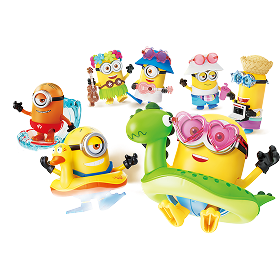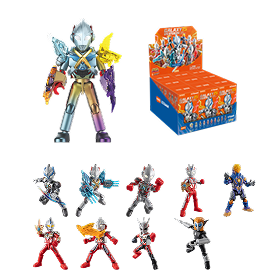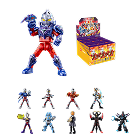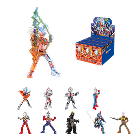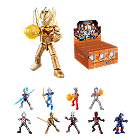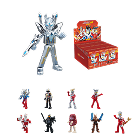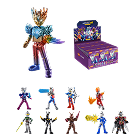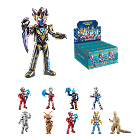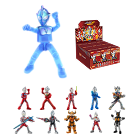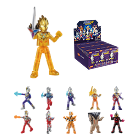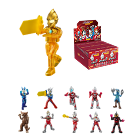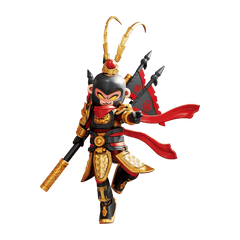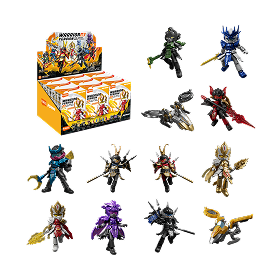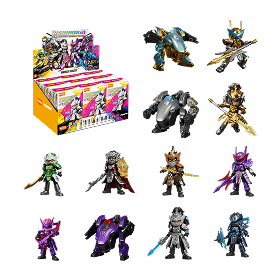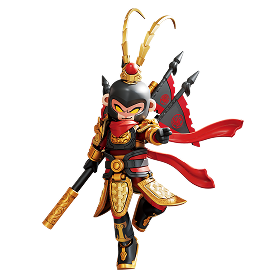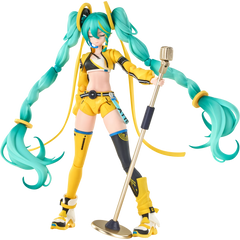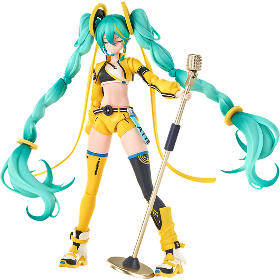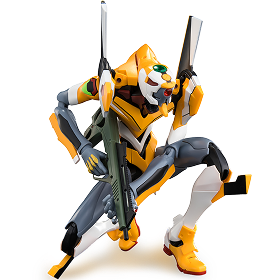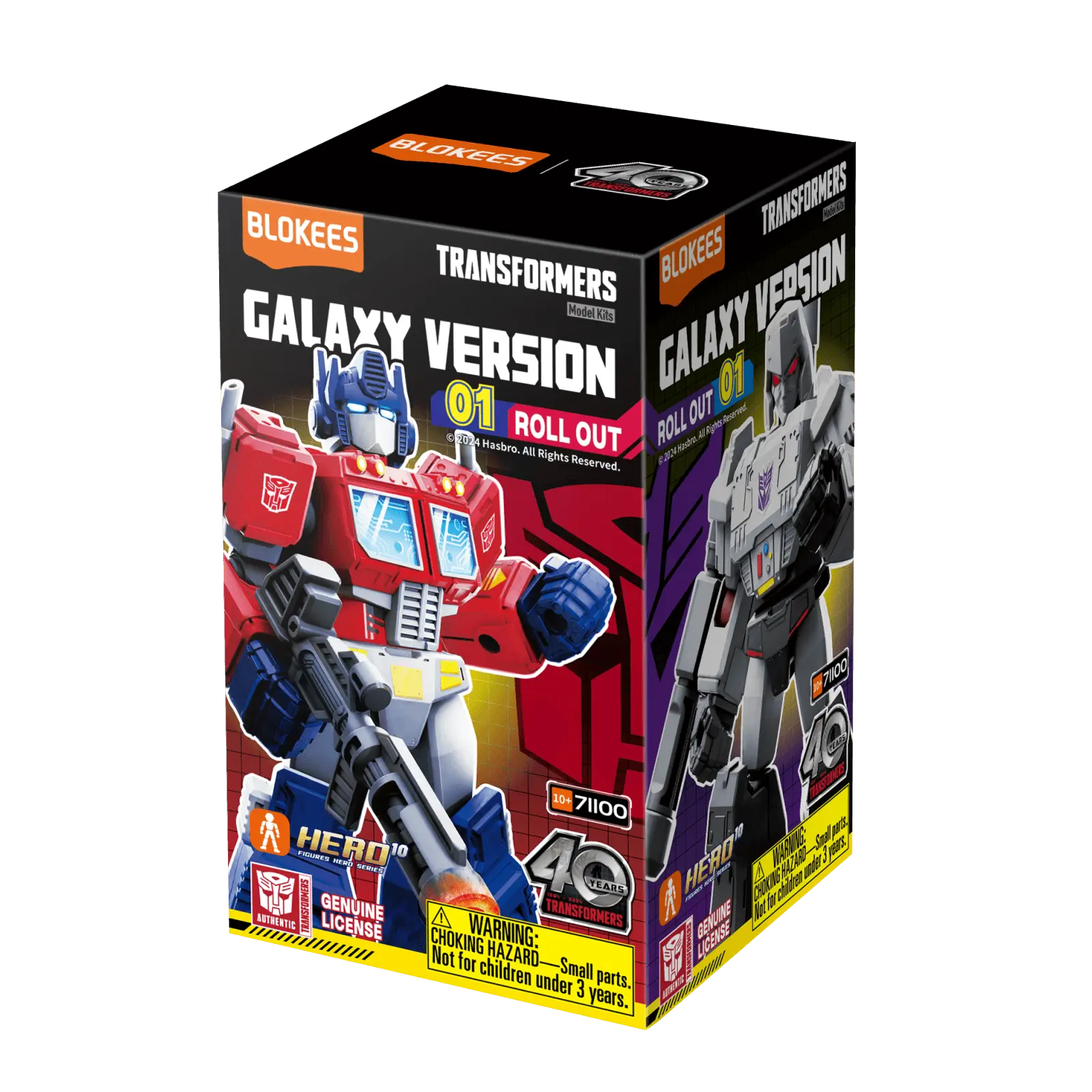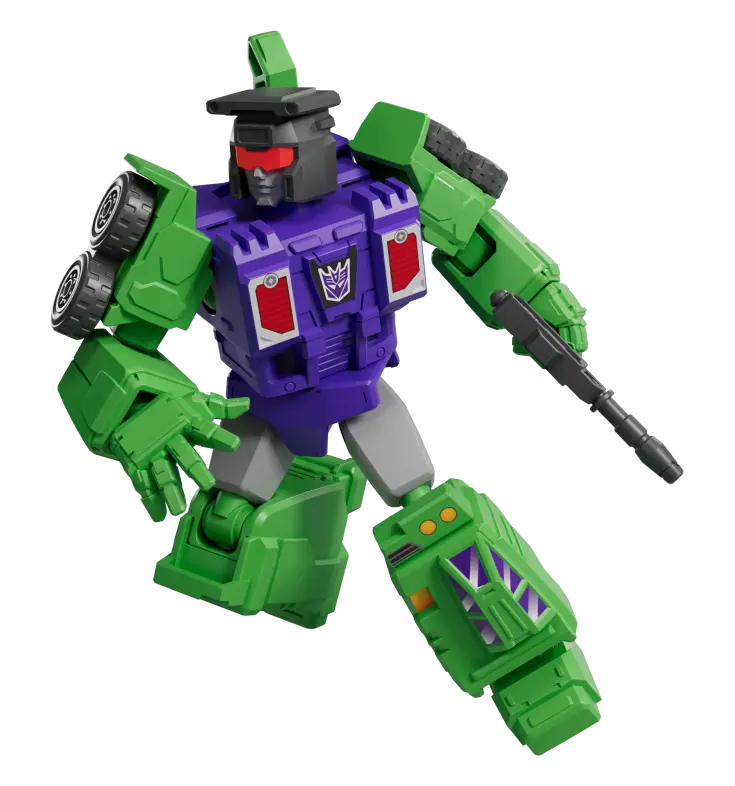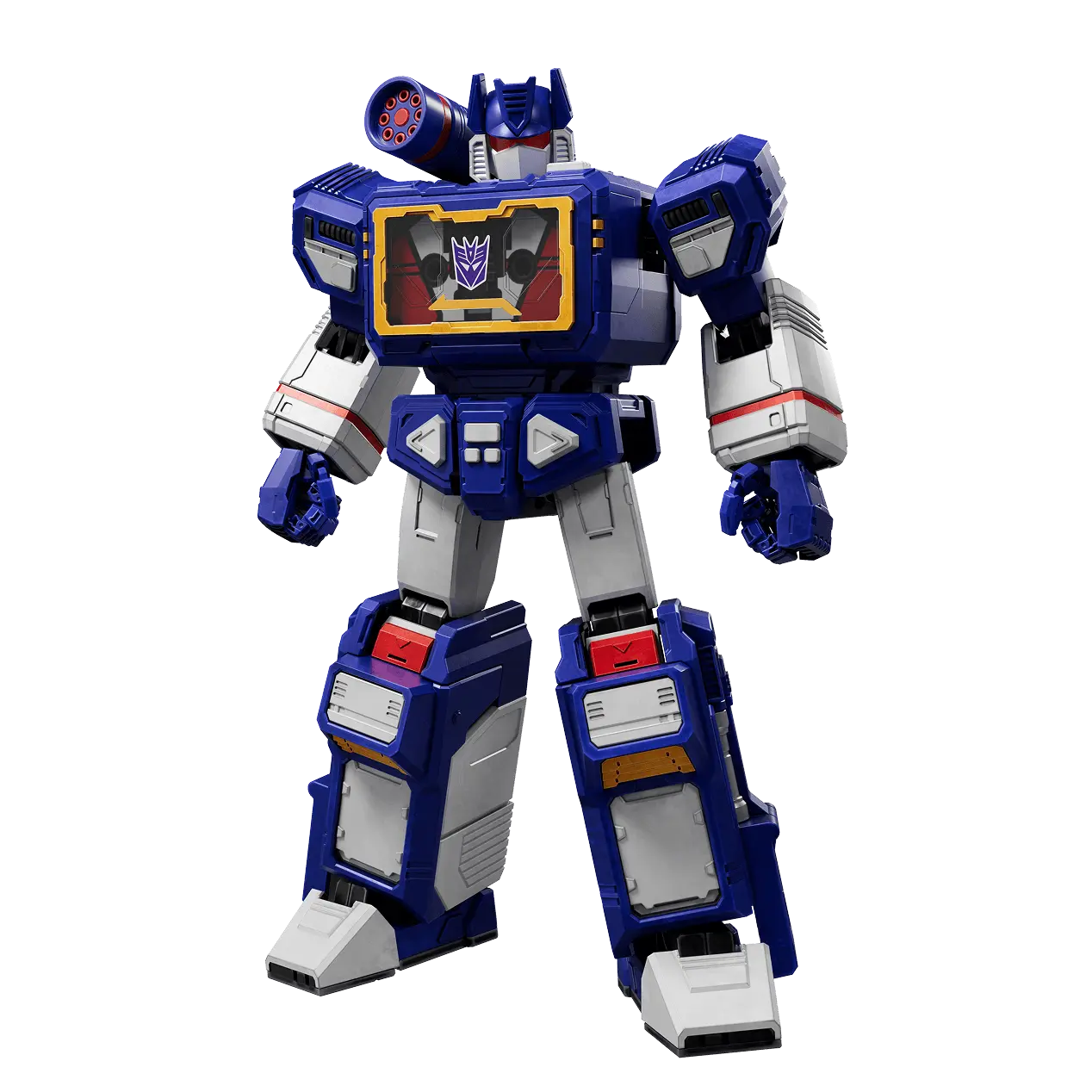Ever wondered which Sesame Street character reflects your personality? From playful Elmo to
wise Big Bird, Sesame Street has characters that resonate with every personality type. This guide explores the main characters, autistic representation, and fun personality matches, helping fans find their Sesame Street alter ego.
Since 1969, Sesame Street has entertained and educated children worldwide. Its cast includes a variety of characters with unique traits, colors, and personalities. The magic lies in how each character embodies different aspects of learning, emotions, and social skills.
Whether you love playful mischief, creative exploration, or thoughtful reflection, there’s a character for you.
Understanding the Main Sesame Street Characters

Here are some classic characters and their defining traits:
- Elmo: Red, cheerful, curious, and friendly. Loves to sing, learn, and explore.
- Big Bird: Yellow, caring, and sometimes naïve. Represents innocence and curiosity.
- Cookie Monster: Blue, obsessed with cookies, funny, and a little chaotic.
- Oscar the Grouch: Green, grumpy, loves trash, but secretly caring.
- Abby Cadabby: Purple, magical, imaginative, and playful.
- Grover: Blue, adventurous, helpful, and often clumsy.
Each character reflects a distinct personality archetype, which you can relate to or embody in daily life.
Orange Sesame Street Character
Fans often ask about orange Sesame Street characters. The most notable orange character is:
- Zoe: Zoe is a cheerful, orange monster with a love for dance and imaginative play. She’s playful, affectionate, and friendly.
Zoe represents energetic and caring personalities, making her a favorite among preschoolers and adults alike.
Sesame Street Character Names Guide
It’s helpful to know the full cast of Sesame Street characters. Here’s a breakdown:
- Human characters: Gordon, Susan, Maria, Luis
- Muppet characters: Elmo, Big Bird, Cookie Monster, Oscar, Grover, Abby Cadabby, Zoe, Bert, Ernie, Telly Monster, Rosita
- Special representation: Julia (autistic character)
Knowing the names helps when matching your personality or planning themed events, toys, or classroom activities.
Sesame Street Autistic Character: Julia
In 2017, Sesame Street introduced Julia, the first autistic character. Key traits:
- Communicates differently, sometimes non-verbal
- Enjoys routines and specific interests
- Gentle, friendly, and empathetic
Julia helps teach inclusion, understanding, and acceptance. If you or someone you know shares these traits, Julia might be your Sesame Street character match.
Is Cece a Sesame Street Character?
Yes, Cece is a relatively new addition to Sesame Street. Cece’s traits:
- Curious and smart
- Enthusiastic about exploration
- Engages in problem-solving and learning activities
Cece is perfect for fans who love creativity, leadership, and curiosity.
Personality Quiz: Which Character Are You?

Here’s a quick guide to out which Sesame Street character fits you:
- Fun-loving and energetic: Elmo or Zoe
- Thoughtful and nurturing: Big Bird
- Food lover and funny: Cookie Monster
- Independent and sarcastic: Oscar the Grouch
- Creative and magical: Abby Cadabby
- Autistic traits or loves routines: Julia
Answering questions about your habits, emotions, and favorite activities can help pinpoint your character match.
Why Sesame Street Characters Reflect Real Personalities
Sesame Street characters are more than puppets; they reflect human behavior and learning styles. For example:
- Elmo teaches curiosity and social skills
- Cookie Monster demonstrates humor and moderation
- Julia promotes inclusion and empathy
By identifying with a character, fans learn self-awareness, empathy, and emotional intelligence.
Fun Activities to Discover Your Sesame Street Character
Engage with the following activities:
- Personality quizzes online to determine your match
- Dress-up or role-play as your character
- Arts and crafts to create character masks or puppets
- Classroom games based on character traits
These activities are perfect for children and adults, connecting learning with fun.
Sesame Street in Education and Play
Matching with a character isn’t just for fun—it can enhance learning. Teachers and parents can use character traits to:
- Introduce social-emotional learning (SEL) lessons
- Encourage inclusion and understanding of differences
- Make lessons interactive with themed toys and crafts
Matching Your Personality with a Sesame Street Character

Encourage readers to think about their traits and preferences, and match with a character:
- Do you enjoy singing, dancing, and meeting new people? You might be like Elmo — cheerful, curious, and friendly.
- Are you someone who nurtures others, loves exploration but also wants to help when things get tricky? That sounds like Big Bird.
- If you’re full of energy, love movement, improv, and have a playful heart, you might relate to Zoe (the orange monster) or Abby Cadabby (magical and imaginative).
- If you like counting, problem-solving, or sometimes feel like you’re a little outsider looking in but still want to connect, maybe you share traits with Julia — the autistic character introduced to promote inclusion.
- Prefer to be independent, maybe a little grumpy but with a soft spot inside? You could be like Oscar the Grouch.
Adding a quiz element or a downloadable worksheet with personality prompts would make this interactive for readers.
How to Use “Which Character Are You?” for Learning & Play
This section could show how parents, teachers or caregivers can turn this personality match idea into games or teaching moments:
- Classroom Activity: Ask children which character they are and have them draw that character and list 3 traits they share.
- Home Playtime: Use costume props or plush toys of characters and ask kids to act out scenes as someone like their matched character.
- Group Discussion: For older kids, talk about why they chose a character and what they admire in that character.
- Toys & Role-Play: Introduce character-themed toys (e.g., plush, assembling toys) so children can play as “their” character and explore traits in a safe, fun way.
The Value of Representation & Diversity in Sesame Street Characters
Highlight how the show includes diverse characters—both in personality, culture, and ability—and why this matters:
- The show features characters from different cultural, linguistic and ability backgrounds (for instance, Julia helps raise awareness of autism).
- Encouraging children (and adults) to see themselves in characters fosters self-awareness, empathy for others, and a more inclusive mindset.
- When readers pick a character match, they’re also reflecting on values like curiosity, kindness, creativity, perseverance, and so on.
Popular Sesame Street Merchandise for Fans
Fans love collecting toys and merchandise that reflect their favorite characters:
- Plush toys of Elmo, Big Bird, Cookie Monster
- Julia and Cece action for inclusion
- Costumes for parties and trunk or treat events
- Character puzzles, books, and educational kits
Merchandise helps children connect personality traits with learning in a playful way.
Conclusion
Whether you identify with playful Elmo, thoughtful Big Bird, magical Abby Cadabby, or inclusive Julia, Sesame Street characters allow you to explore your personality in a fun, meaningful way.
From orange monsters like Zoe to autistic representation with Julia, the Sesame Street universe reflects diversity, learning, and empathy.
Start exploring your character today with fun quizzes, role-play, and themed activities!









